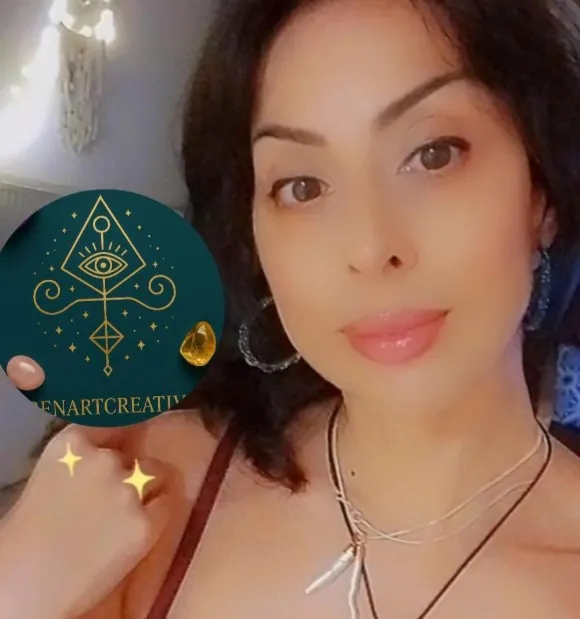Gratitude and Mindfulness: How to Transform Your Life with Simple Daily Practices
🔑 Key Takeaways
- Gratitude and mindfulness are interconnected practices that amplify each other’s benefits.
- Daily exercises like journaling or mindful breathing can create lasting positive change.
- Challenges like distraction or negativity can be overcome with simple adjustments.
- These practices improve mental health, relationships, and overall life satisfaction.
Ready to explore how? Let’s get started.
Gratitude and Mindfulness: More Than Just Buzzwords
Let’s cut through the noise. Gratitude isn’t just saying “thank you,” and mindfulness isn’t about sitting cross-legged for hours. They’re practical, science-backed tools that help you live fully in the present while appreciating what you have.
What Does “Gratitude Mindfulness” Really Mean?
Gratitude mindfulness is the art of pairing awareness of the present moment with intentional appreciation. Think of it as a double espresso for your soul: mindfulness keeps you grounded, while gratitude adds a splash of joy to your day.
Why Your Brain Loves This Combo
Research shows that practicing gratitude lights up the brain’s reward centers, while mindfulness reduces activity in the amygdala (your stress hub). Together, they’re like a superhero team for mental well-being.
How to Start a Gratitude Mindfulness Practice (No Zen Mastery Required)
You don’t need a fancy app or a silent retreat. Here’s how to begin:
1. The 5-Minute Morning Reset
Try this: Before checking your phone, spend 60 seconds noticing your breath. Then, name three things you’re grateful for—your cozy blanket, the birds outside, even that first sip of coffee.
Why it works: Starting the day with gratitude mindfulness sets a positive tone. It’s like brushing your teeth for your mind.
2. The “Stoplight” Technique
How to do it:
- Red Light: Pause when stressed.
- Yellow Light: Take one deep breath.
- Green Light: Ask, “What’s one thing I can appreciate right now?”
This micro-practice builds resilience during chaotic moments.
Grateful Mindfulness Exercises You’ll Actually Stick With
Forget forced positivity. These exercises feel natural:
The “Three Good Things” Journal
Each night, jot down:
- One positive experience from your day
- One person who helped you
- One simple pleasure you enjoyed
Pro tip: Add sensory details. Instead of “my lunch was good,” write, “I loved the crunch of fresh veggies in my salad.”
Mindful Walks with a Gratitude Twist
Next time you walk:
- Notice five things you see (a colorful sign, sunlight through leaves).
- Identify four sounds (laughter, wind chimes).
- Feel three textures (your shirt fabric, a smooth stone).
- End by whispering, “I’m thankful for this moment.”
When Gratitude Feels Impossible (And How to Push Through)
Let’s be real—some days, finding gratitude feels like trying to light a match in a hurricane. Here’s how to navigate those moments:
Flip the Script on Small Annoyances
Stuck in traffic? Instead of fuming, think:
- “I’m grateful I have a car.”
- “This delay gives me time to listen to my favorite podcast.”
Use Mindfulness to Spot Hidden Blessings
During tough times, ask:
- “What’s one thing I’m learning from this?”
- “Who has supported me through this?”
The Ripple Effect: How Gratitude and Mindfulness Change Everything
When you practice regularly, you’ll notice shifts:
- Relationships deepen: Saying “I appreciate how you…” builds connection.
- Stress shrinks: Mindful breathing lowers cortisol faster than you’d expect.
- Joy multiplies: You start spotting “tiny wins” everywhere—a perfect parking spot, a stranger’s smile.
🌈 Conclusion: What Will You Notice First?
Gratitude and mindfulness aren’t magic tricks—they’re daily choices that compound over time. Start small, stay consistent, and watch how your perspective transforms. Ready to try your first exercise? Grab a pen, take a deep breath, and ask: “What’s one thing I’m grateful for in this exact moment?”
